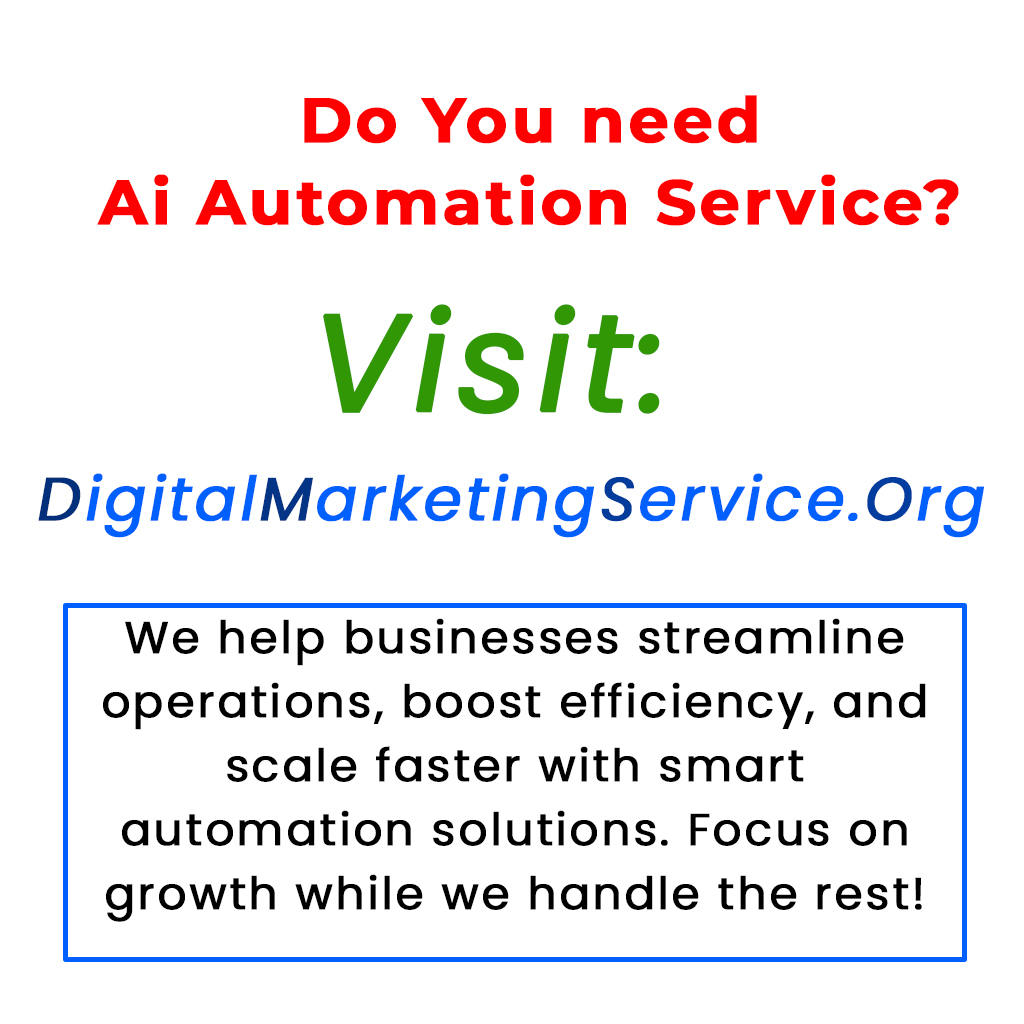Data integration faces a major challenge due to poor documentation, leading to inefficiencies and high costs for businesses. As companies increase their use of multiple software applications, keeping documentation accurate and up-to-date becomes harder, resulting in wasted time and resources for engineering teams. Developers are losing significant hours weekly due to unclear documentation, contributing to rising costs of poor software quality—estimated at over $2 trillion. However, AI-powered solutions, like SnapLogic’s AgentCreator, can revolutionize documentation management by automating updates, ensuring accuracy, and enhancing collaboration. By treating documentation as a strategic asset, organizations can improve efficiency, reduce onboarding time, and ultimately drive innovation and growth.
A New Look at Data Integration: The Documentation Challenge
In today’s fast-paced business environment, one critical issue is often overlooked in data integration: poor documentation. Integration teams often spend unnecessary hours searching for information or recreating outdated documentation. This struggle significantly hampers business efficiency and ultimately affects a company’s bottom line.
The Documentation Problem in Data Integration
As companies expand their software systems, the challenges of maintaining accurate documentation grow. In 2020, large corporations used about 177 Software as a Service (SaaS) applications on average. By 2024, that number rose to an estimated 231 applications. With this rapid growth, keeping traditional documentation practices up-to-date during data integration projects becomes increasingly difficult, widening the gap between implementation and documentation.
The Business Impact of Documentation Debt
Research by IDC shows that developers only spend about 16% of their time on actual application development. The rest is spent on operational tasks like managing documentation. Around 70% of developers reportedly waste eight hours or more each week due to inefficiencies linked to unclear documentation. The financial toll is staggering, with estimates from a 2022 report indicating that poor software quality in the U.S. may cost $2.41 trillion, largely due to accumulated technical debt, which includes documentation issues.
The documentation crisis appears in various ways:
– Extended onboarding for new engineers
– Accumulating technical debt from undocumented integration logic
– Recurring inconsistencies in implementations
– Difficulty in cross-team collaboration
– Increased support costs leading to decreased customer satisfaction
How AI Agents Can Help
To tackle these documentation challenges, many IT leaders are turning to artificial intelligence (AI). A survey found that 50% of IT decision-makers are currently using AI agents, with an additional 32% planning to implement them soon. AI-powered tools, like SnapLogic’s iPaaS, can revolutionize documentation management by automating tedious tasks.
AI agents can:
– Automate documentation generation, ensuring it is accurate and up-to-date.
– Monitor for outdated or inconsistent documentation, enhancing quality.
– Improve search functionality, allowing engineers to find information quickly.
– Facilitate collaboration between teams by keeping documentation updates communicated.
Taking a Strategic Approach to Integration Documentation
Rather than treating documentation as an afterthought, businesses should view it as a core element of the integration process. Embracing AI agents can weave documentation into the development lifecycle, making it a more seamless and dynamic process.
Successful organizations are standardizing their documentation practices, utilizing AI tools, and maintaining regular reviews. This proactive approach can lead to measurable returns, including:
– Reduced time searching for information
– Faster onboarding for new employees
– Fewer documentation-related support issues
– Improved code quality
– Increased job satisfaction among engineers
Moving Forward
Building a culture that prioritizes documentation represents a strategic investment. By leveraging AI agents, companies not only improve documentation practices but also turn this common pain point into a source of innovation.
Join us on April 17 for AgentFest 2025, an exciting virtual event highlighting how AI agents are changing the enterprise landscape. Learn from industry leaders and gain insights that can drive your organization forward.
In conclusion, prioritizing accurate and efficient documentation can significantly improve integration processes, fostering a culture of collaboration and enhancing overall business success.
Primary Keyword: data integration
Secondary Keywords: documentation challenges, AI agents, business efficiency
What is the documentation problem with AI agents?
The documentation problem with AI agents refers to the challenge of keeping information clear, accurate, and up-to-date. As these AI systems evolve, it’s hard to capture all necessary details about their functions and developments.
How can AI agents help with documentation?
AI agents can automate the documentation process. They can gather information, create summaries, and maintain records efficiently. This saves time and reduces human errors in the documentation.
What type of documents can AI agents handle?
AI agents can manage various types of documents like user manuals, technical specifications, and training materials. They can also help with project updates and compliance documents, making sure everything is organized.
Are AI-generated documents reliable?
Yes, AI-generated documents can be reliable if the data it uses is accurate and current. However, it’s essential to review and validate these documents regularly to ensure they meet quality standards.
How do I start using AI agents for my documentation needs?
To get started, first assess your current documentation processes. Next, look for AI tools that fit your needs. Many platforms offer user-friendly interfaces, so you can begin automating tasks quickly.





